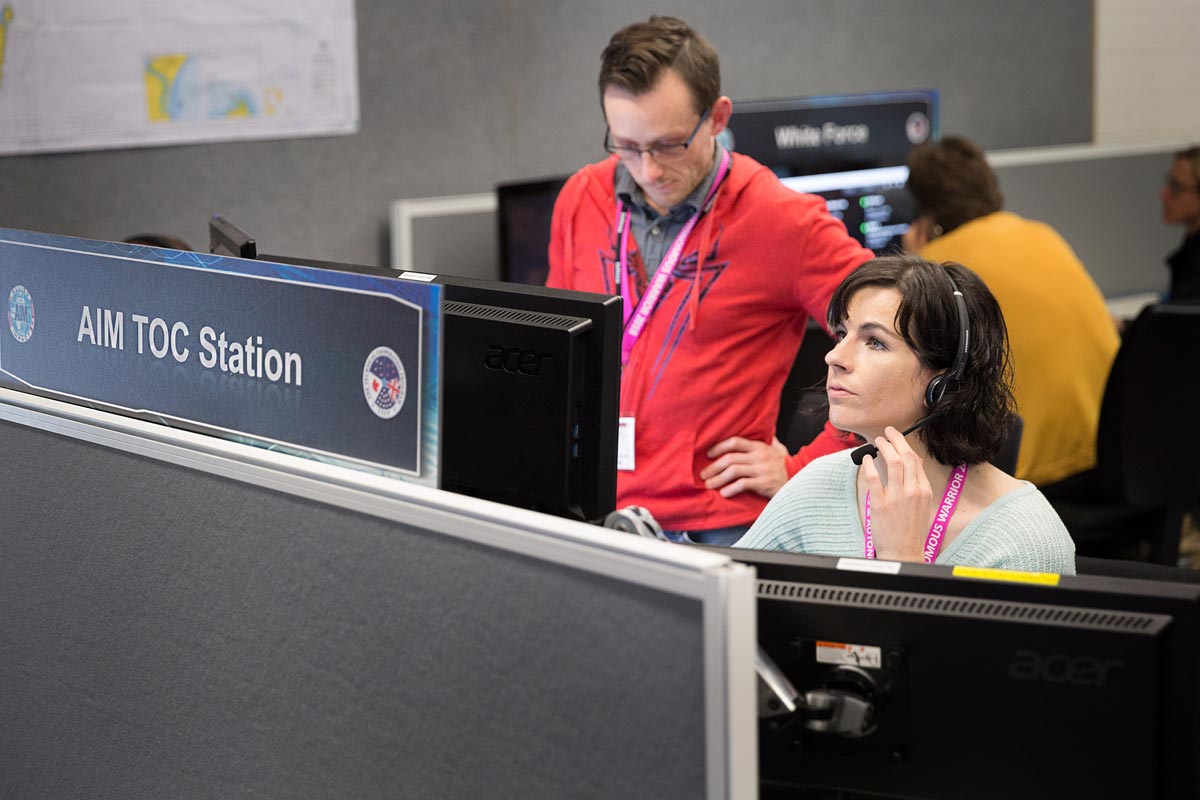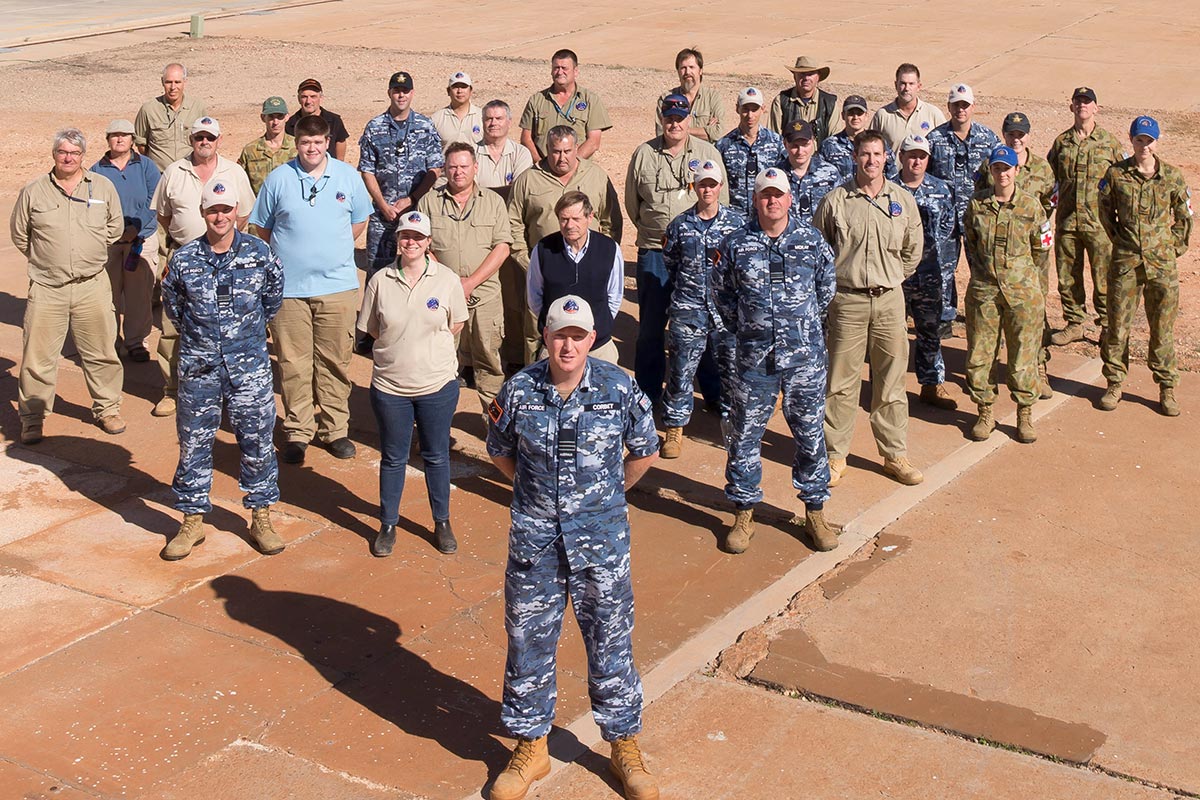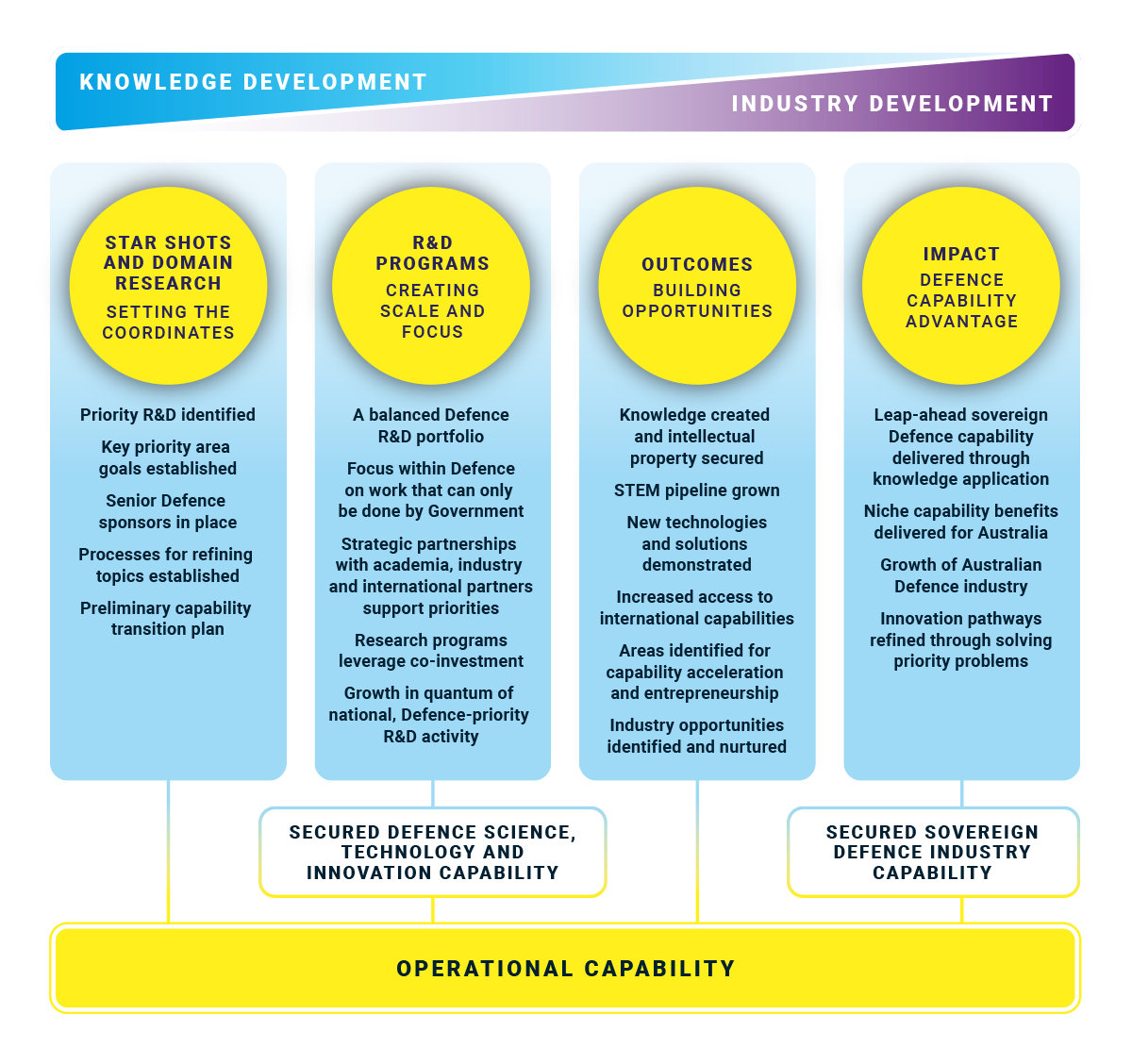Defence innovation pathways
Defence has made significant progress in creating a range of programs that foster new ideas for advancing ADF capability, maturing these ideas and leveraging the national S&T enterprise.
The 2016 Defence White Paper introduced investment streams to initiate and mature new technologies for Defence through mobilising this broader S&T enterprise. Defence has an opportunity to build on these initiatives and move further towards realising integrated innovation pathways to ensure great ideas achieve impact in the form of Defence capability.
Defence’s capability needs and requirements are shaped by the strategic environment, including technological trends and emerging threats, as well as lessons learned from existing capability. Needs and requirements allow the definition of research – a way of setting the co-ordinates for an integrated research program that includes large-scale STaR Shots and other capability-focused S&T. This integrated research program includes objectives that will be realised over horizons that extend from short (1–3 years) to medium (3–5 years) and long-term (5–10 years).
Through harnessing the creative talent of universities, industry (prime contractors and SMEs), publicly funded research agencies (PFRAs), international partners and importantly, Defence itself, great ideas can be matured into innovative solutions. With support from Defence’s innovation programs, potentially augmented to accelerate transition, and industry co-investment, these innovative solution concepts can be trialled and demonstrated to assess their usefulness and, through focused innovation pathways, fed into Defence’s Integrated Investment Program for introduction into service and capability advantage.
Security is an important consideration. Defence will ensure there are appropriate measures in place to protect intellectual property (IP), as well as our national security interests, before entering into any contracts. We expect our university and industry partners to be members of the Defence Industry Security Program, and have the necessary accredited infrastructure and cleared researchers to protect the IP created through our collaborations.
International engagement
A key challenge for Defence in the coming decade will be determining which international collaborations to invest in. Defence will meet this challenge through adopting a more targeted, top-down approach to engagement. Shared goals that align with our STaR Shots will be a key driver behind international partnering decisions.
Developing new technologies with international partners will be critical if Defence is to create and sustain world-class capabilities. International S&T engagement allows Defence access to information, world-leading technologies, and facilities and equipment not otherwise available to Australia; it ensures Defence continues to be recognised as a valued international partner; contributes to Defence’s broader objectives by deepening engagement with partners in the region; creates opportunities for Defence industry and exports; and facilitates the sharing of information about emerging threats.

Defence’s partnership within the Five Eyes community via The Technical Cooperation Program, and particularly our bilateral collaborations with the United States and the United Kingdom, has enabled Australia to play a significant role in the delivery of outstanding capabilities such as the electronic warfare suite on the EA-18G Growler, the Nulka active missile decoy and Mk48 torpedo.
Beyond its traditional Five Eyes partners, Defence recognises the considerable opportunities presented by further developing S&T partnerships with countries in the Indo-Pacific region. Japan, the Republic of Korea, Singapore and India consistently produce world-leading defence technology, and we share a variety of S&T interests and security objectives.
Case study: Collaborative projects
HiFIRE high-speed flight



